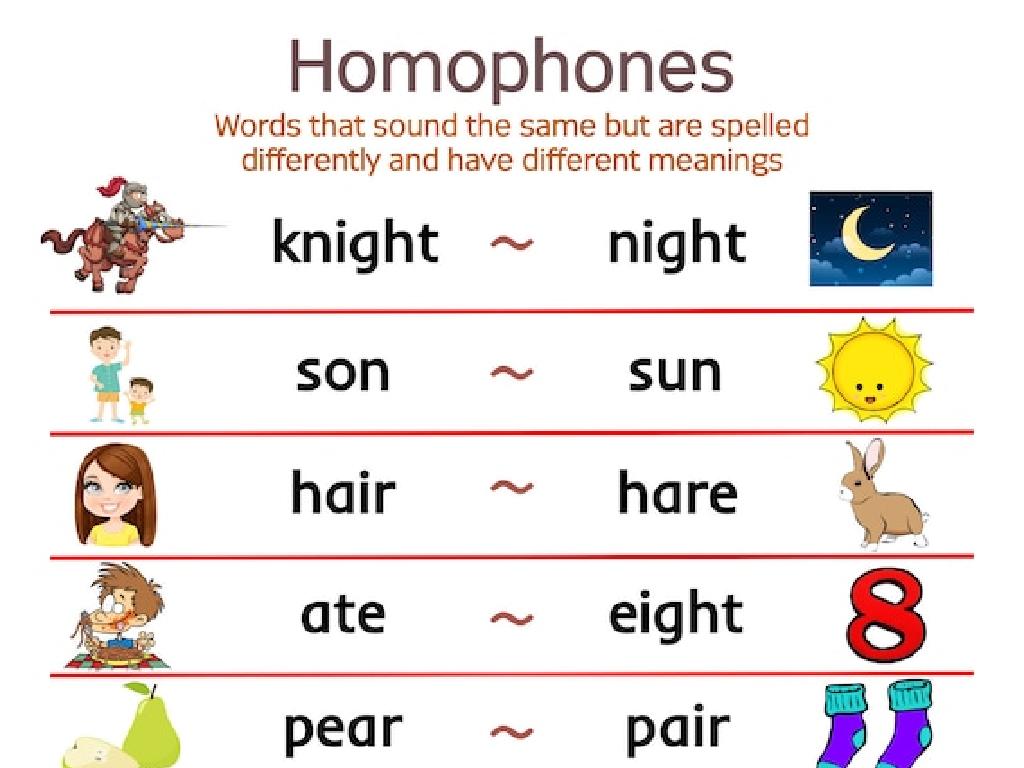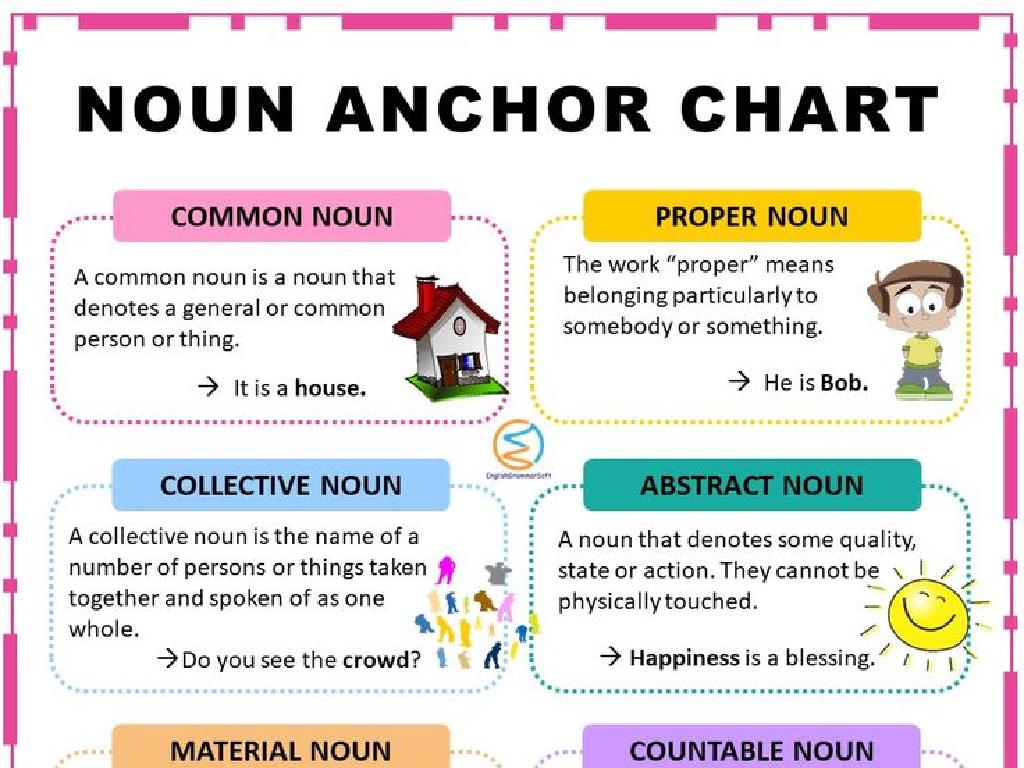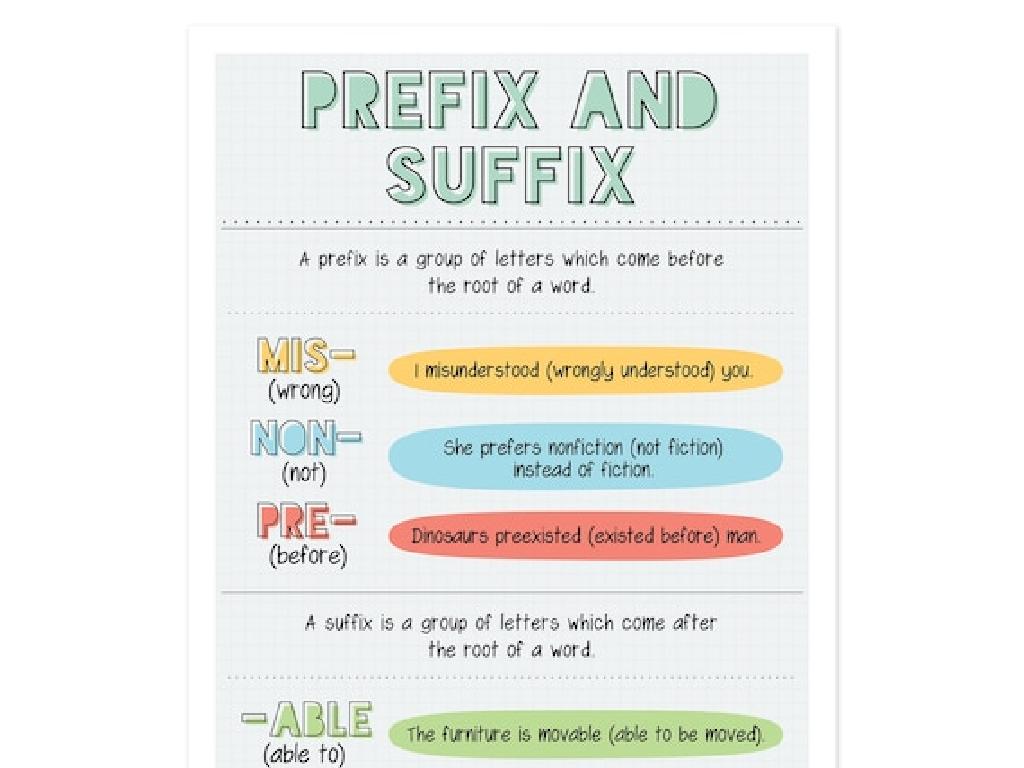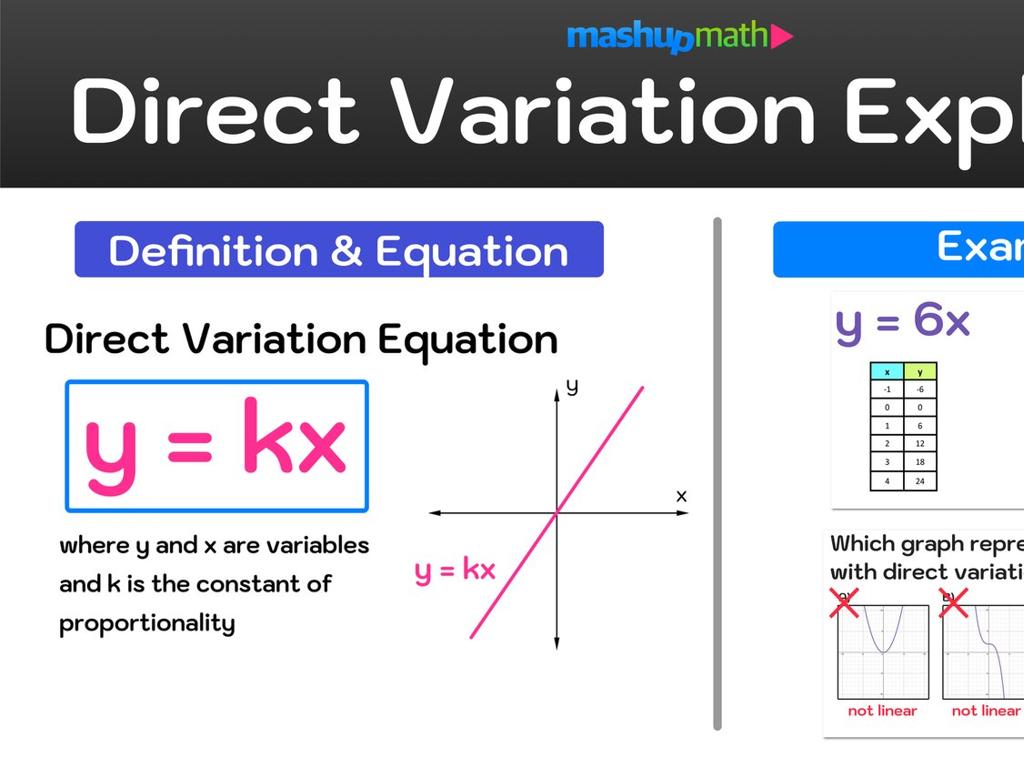Create And Use Supply And Demand Curves
Subject: Social studies
Grade: Fifth grade
Topic: Supply And Demand
Please LOG IN to download the presentation. Access is available to registered users only.
View More Content
Introduction to Supply and Demand
– Explore the market basics
– Define supply and demand
– Supply is how much of something is available, demand is how much it’s wanted
– Discover their importance
– They determine prices and availability of goods
– How they shape the market
|
This slide introduces the foundational concepts of supply and demand, which are crucial for understanding how markets operate. Begin by explaining a market as a place where goods and services are exchanged. Then, define supply as the amount of a product or service that is available to consumers, and demand as the desire of consumers to purchase goods and services. Emphasize the importance of supply and demand in determining the price of goods and services and in deciding what is produced and sold in the market. Use relatable examples, such as a lemonade stand or a popular toy, to illustrate these concepts. Encourage students to think of examples from their own experiences where they have seen supply and demand in action.
Understanding Supply in Economics
– Define the concept of supply
– Supply is how much of something is available, like toys or fruits.
– Explore factors affecting supply
– Things like cost to make, or how popular it is can change supply.
– Real-world supply examples
– If a toy store has many toys to sell, that’s their supply of toys.
– How supply impacts our choices
– When a store has more of a product, it can affect what we buy.
|
This slide introduces the concept of supply, a fundamental element in the study of economics. Begin by defining supply as the total amount of a product or service that is available for purchase. Discuss various factors that can influence supply, such as production costs, technology, and seller’s expectations. Provide relatable examples, such as the number of toys a store has in stock or the amount of fruits a farmer has to sell. Explain how changes in supply can affect what products are available in the market and how this can influence consumer choices. Encourage students to think of examples from their own experiences where they’ve noticed a lot of one item for sale and discuss how that might have affected the price or their decision to buy it.
Understanding Demand
– What is demand?
– Demand is how much of something people want to buy at different prices.
– Factors affecting demand
– Things like trends, income, and prices of other goods can change demand.
– Everyday examples of demand
– Wanting a new toy when it’s popular or craving ice cream in summer.
– Demand’s role in the market
|
This slide introduces the concept of demand to the students. Begin by explaining that demand is the desire to purchase goods and services at certain prices. Discuss how various factors can influence demand, such as changes in income, consumer preferences, or the price of related goods. Use relatable examples like the increased demand for toys during the holiday season or ice cream on hot days to illustrate the concept. Emphasize that understanding demand helps us figure out why people buy certain things more at different times and how it affects the market.
Exploring the Supply Curve
– What’s a Supply Curve?
– A graph showing how much of an item sellers want to sell at different prices.
– Learn the Law of Supply
– If the price goes up, sellers will supply more because they make more money.
– How to draw a Supply Curve?
– It goes up to the right, showing more supply at higher prices.
– Seeing Supply in action
– Examples like lemonade stands or cookie sales can help us understand.
|
This slide introduces the concept of a supply curve to the students, explaining it as a graphical representation that shows the relationship between the price of a good and the quantity of the good that sellers are willing to supply. Emphasize the Law of Supply, which states that as the price of an item goes up, sellers are more willing to supply more of it. Demonstrate how to draw a basic supply curve on a graph, with price on the vertical axis and quantity on the horizontal axis, and explain that the curve typically slopes upward to the right. Use relatable examples such as a lemonade stand or cookie sales to illustrate how sellers would react to changes in price. Encourage students to think of other examples and consider what they would do if they were selling a product.
Exploring the Demand Curve
– What’s a Demand Curve?
– It’s a graph showing how much of a good people will buy at different prices.
– Law of Demand explained
– If something costs less, people usually want to buy more of it!
– How to draw a Demand Curve
– Start with price on the y-axis and quantity on the x-axis, then draw a line going down.
– Demand Curve in action
– Think of when ice cream is cheaper in winter and more people buy it!
|
This slide introduces the concept of a demand curve to the students, explaining it as a visual representation of the relationship between price and quantity demanded. Emphasize the Law of Demand, which states that as the price of a good decreases, the quantity demanded increases, and vice versa. Guide the students through the steps of drawing a basic demand curve on a graph, with price on the vertical axis and quantity on the horizontal axis. The curve typically slopes downwards. Provide relatable examples, such as the demand for ice cream in different seasons, to illustrate how the demand curve works in real life. Encourage students to think of other examples and to practice drawing their own demand curves.
Shifting Supply & Demand Curves
– What makes curves shift?
– Factors like price changes, income levels, and trends can shift curves.
– Examples of curve shifts
– If toys become popular, demand increases, shifting the demand curve right.
– Interactive curve-shifting exercise
– We’ll move curves on a graph based on different scenarios.
– Understanding shifts in markets
|
This slide introduces the concept of shifting supply and demand curves, which is crucial for understanding market dynamics. Begin by explaining that various factors can cause the supply and demand curves to shift, such as changes in consumer preferences, income, or the price of related goods. Provide real-world examples, like the increased demand for a toy during the holiday season. Engage students with an interactive exercise where they identify factors that might shift either curve and predict the direction of the shift. This activity will help solidify their understanding of the material and how it applies to everyday situations. Encourage students to think of other examples and discuss as a class.
Market Equilibrium: Balancing Supply & Demand
– Discover equilibrium price & quantity
– The point where supply equals demand
– Effects of changing market conditions
– Price & quantity change with market shifts
– Activity: Find new equilibrium points
– Use a graph to calculate new equilibrium
|
This slide introduces the concept of market equilibrium to students, explaining how the equilibrium price and quantity are determined at the point where supply equals demand. Discuss how shifts in the market, such as a new trend or a change in resources, can affect the price and quantity of goods. The activity involves students using a supply and demand graph to calculate new equilibrium points after hypothetical changes in the market. This hands-on activity will help solidify their understanding of the concepts. Provide examples like the price of popular toys during the holiday season or the cost of lemons when making lemonade in summer. Encourage students to think critically about how everyday events can influence supply and demand.
Real-World Applications of Supply and Demand
– How supply & demand set prices
When many people want an item but it’s rare, it costs more.
– Their role in the economy
Supply and demand balance determines how many goods are made and what they cost.
– Discussing their importance
Understanding helps us make better choices as consumers.
– Activity: Identifying effects
Think of a popular toy and how its price changed over time.
|
This slide aims to help students grasp the practical implications of supply and demand in everyday life. Start by explaining how the availability of products (supply) and the desire for them (demand) can influence the price – for instance, a popular new toy may become more expensive if it’s in high demand but limited supply. Discuss the broader role of these concepts in shaping our economy, such as how businesses decide what to sell and at what price. Engage the class in a discussion on why it’s crucial to understand supply and demand, perhaps by relating it to their experiences as consumers. Finally, involve the students in an activity where they identify how the popularity and availability of an item, like a toy during the holiday season, can affect its price.
Class Activity: Create Your Own Market
– Split into groups for market roles
– Choose products and define supply/demand
– Draw your supply and demand curves
– Use graph paper to plot points and draw curves
– Discuss market changes effects
– Consider price changes, availability, and buyer interest
|
In this interactive class activity, students will learn about supply and demand by creating their own mock market. Divide the class into small groups and assign each group the role of either producers or consumers. Producers will ‘sell’ a product, and consumers will ‘buy’. Each group should choose a product and determine its supply (how much is available) and demand (how much people want). Then, they’ll draw supply and demand curves on graph paper to visualize the relationship between price, supply, and demand. After the activity, lead a discussion on how changes in supply or demand can affect prices and the overall market. This will help students understand the dynamics of real-world markets. Possible variations of the activity could include introducing factors that affect supply and demand, such as seasons or trends, to see how the market adapts.





